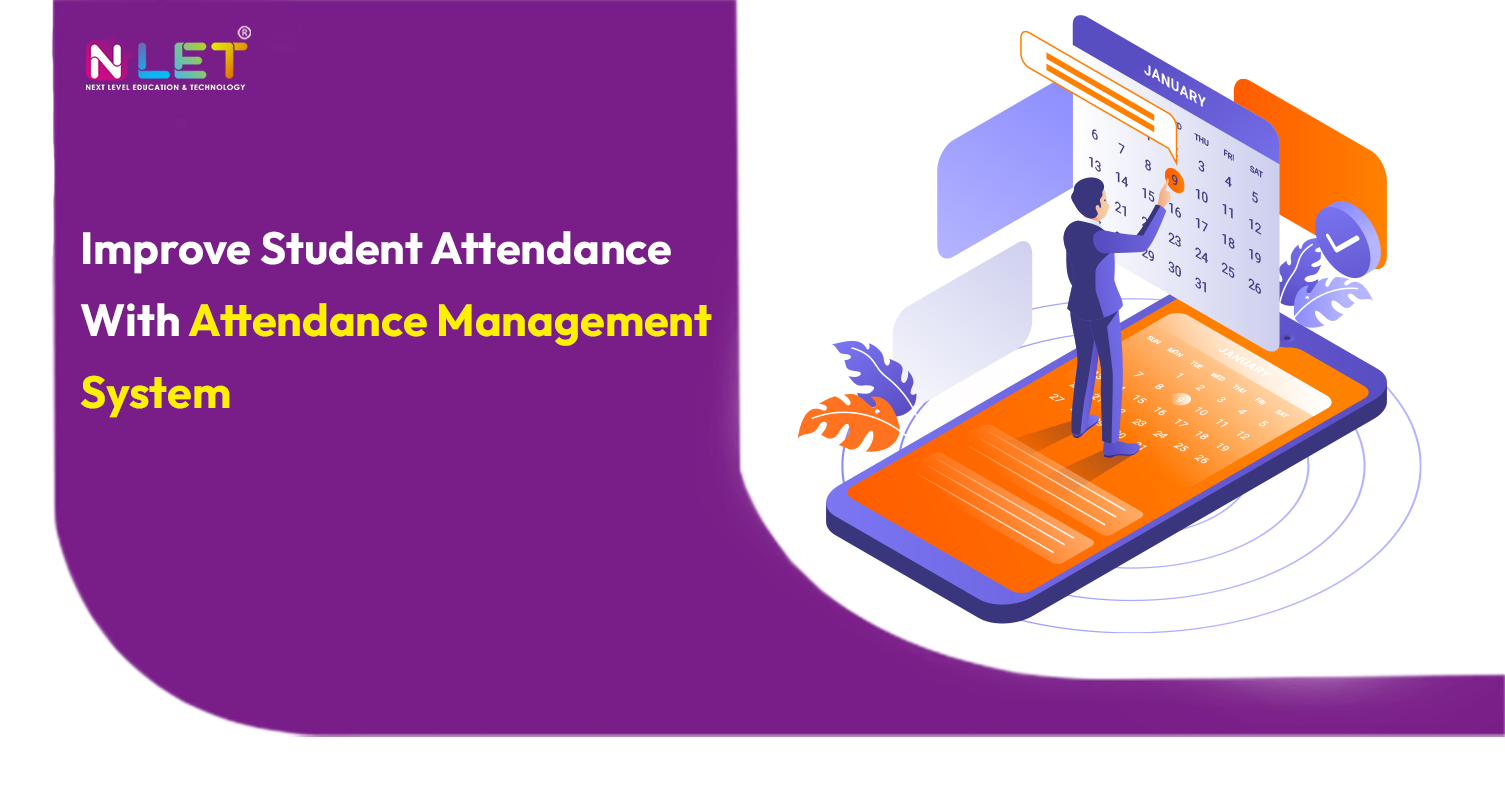| Posted by - Admin | January 10,2024 |

In the ever-changing world of education, making sure students show up for classes is always a challenge. Government rules about attendance often don't do the trick for schools. They struggle with many problems, making it hard to get the right attendance numbers. But, amid these challenges, there's a solution – using advanced technology, especially Attendance Management Systems. These systems don't just change how we usually keep track of attendance; they also offer a smart solution to this tricky problem. As education keeps changing, technology becomes super important in dealing with attendance issues. This article takes a closer look at how Attendance Management Systems can make things easier, not just for paperwork but also for getting students more involved, making education better overall.
A Student Attendance Management System stands as a technological marvel in the educational landscape, introducing a seamless and automated approach to monitoring student attendance. This system harnesses the power of cutting-edge technology, employing biometric or RFID-based devices to effortlessly record attendance data. Unlike traditional manual methods, which are prone to errors and inefficiencies, this system operates with precision, ruling out the flaws inherent in manual processes. One of its noteworthy features is the automatic generation of notification messages or emails to parents, alerting them about their child's attendance. This real-time communication ensures that parents stay informed and engaged in their child's academic journey.
By leveraging biometric data or RFID technology, the Student Attendance Management System not only enhances accuracy but also transforms the entire attendance-tracking process into an efficient and modernized solution. In an era where technology continually reshapes educational methodologies, this system emerges as a beacon, addressing longstanding challenges and contributing to a more streamlined, transparent, and parent-inclusive educational experience.
Manual attendance tracking consumes valuable time and energy. Biometric attendance software emerges as a game-changer by providing instantaneous tracking capabilities. This not only eases administrative burdens but also establishes a culture of discipline among students. The real-time aspect sends a clear message that attendance is closely monitored, discouraging students from skipping classes and emphasizing the importance of consistent attendance.
Facing low attendance rates prompts educational institutions to reevaluate their curriculum. Collaborative efforts between teachers and institutions can lead to a dynamic curriculum. By incorporating interactive activities and engaging assignments, the curriculum becomes a catalyst for reigniting students' interest in learning. An exciting curriculum creates a positive environment, encouraging regular attendance as students find enjoyment and value in their educational journey.
Recognizing the diverse learning needs of each student is essential. Edtech software, coupled with attendance monitoring, introduces personalized learning features. This empowers students to progress at their own pace, fostering a positive attitude towards education. By tailoring learning experiences to individual strengths and preferences, personalized learning becomes a driving force in improving attendance and overall academic engagement.
Outdated teaching methods contribute to waning student interest. Adopting modern teaching styles, including online exams, virtual classrooms, and digital assignments, injects flexibility and enjoyment into the learning process. When coupled with a biometric attendance system, these innovative methods create a dynamic and engaging educational environment, boosting overall student participation and commitment.
Effective communication is pivotal in addressing attendance issues. Attendance management software plays a crucial role by sending timely notifications about schedule changes, ensuring students stay informed. Additionally, interactive tools like discussion forums and chat groups provide platforms for students to voice concerns and engage with peers, fostering a sense of community and collaboration.
Transparency in attendance records becomes paramount. Modern attendance management systems take the initiative to automatically notify parents about their child's attendance. This proactive involvement creates a collaborative partnership between parents and educational institutions. By keeping parents informed and engaged, schools empower them to play an active role in motivating their children to maintain regular attendance, ultimately positively impacting overall student attendance rates.
Beyond traditional academics, integrating skill development programs into the curriculum can significantly boost student engagement and attendance. Offering workshops, seminars, and hands-on experiences in various skills aligns with modern educational trends. Students are more likely to attend classes that provide practical, real-world applications, contributing to a well-rounded and motivated student body.
Introducing a system of incentives based on attendance can serve as a powerful motivator. This could include recognition, certificates, or small rewards for students with exemplary attendance records. Positive reinforcement creates a sense of achievement and encourages a regular attendance habit, instilling a mindset that values consistent participation in the learning process.
Leveraging data analytics tools alongside attendance management systems enables early identification of attendance patterns. Schools can use this information to pinpoint students facing challenges and implement timely interventions. Whether through counseling, additional support, or tailored learning strategies, this proactive approach addresses attendance issues at their roots, fostering a more supportive and responsive educational environment.
Collaborating with local communities and businesses can enhance educational experiences and attendance. Establishing partnerships for mentorship programs, internships, or community projects provides students with real-world connections to their learning. Such external engagements not only make education more relevant but also contribute to higher attendance rates as students see the direct link between classroom learning and practical application in the community.
As education transitions into the digital era, traditional attendance registers become obsolete. Online attendance management software emerges as a pivotal tool in this transformation. Educational institutions are urged to embrace this change to implement effective strategies for improving student attendance.
The integration of technology, specifically Attendance Management Systems, offers a transformative solution to the perennial issue of student attendance. By implementing the outlined strategies, educational institutions can create an environment that not only ensures compliance with attendance requirements but also enhances overall student engagement and performance.

